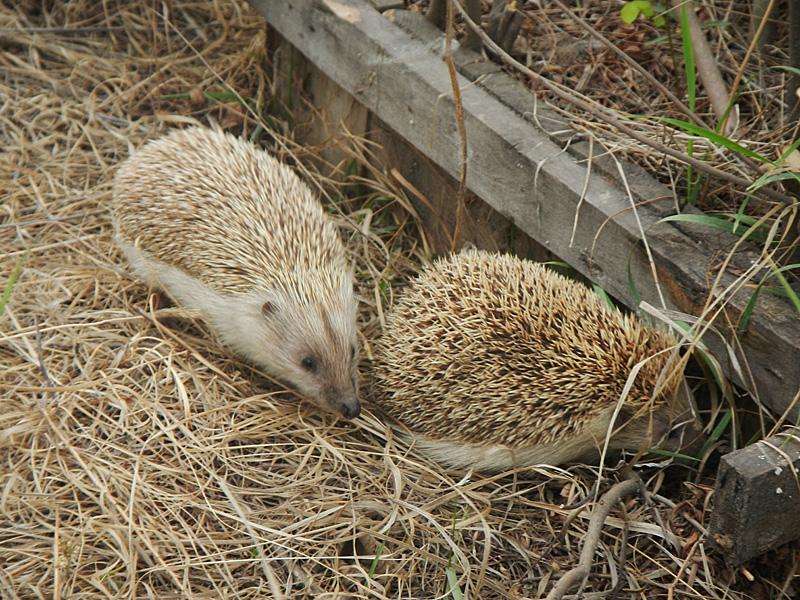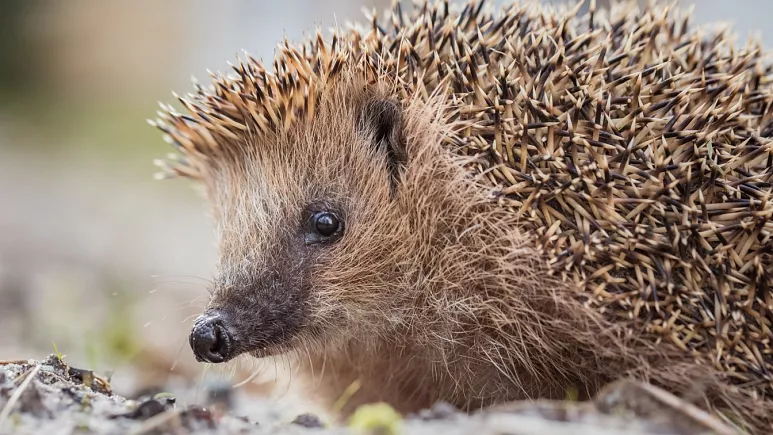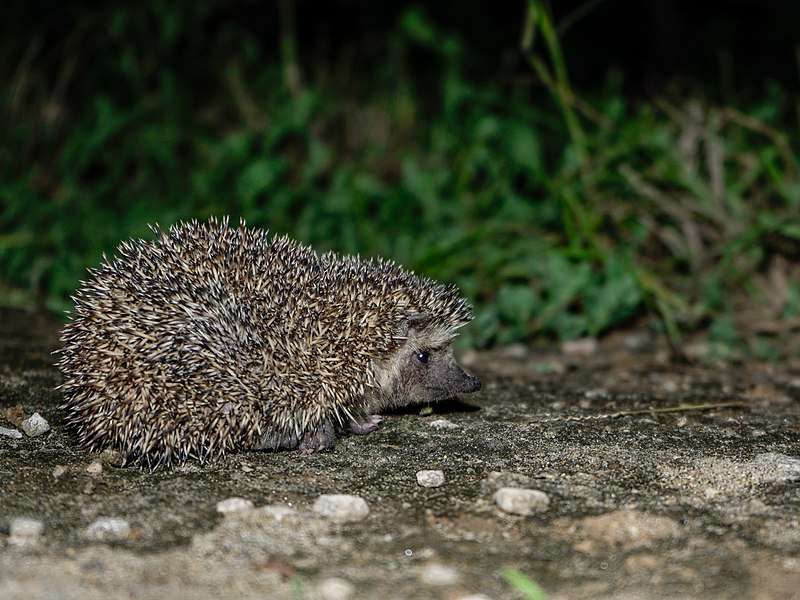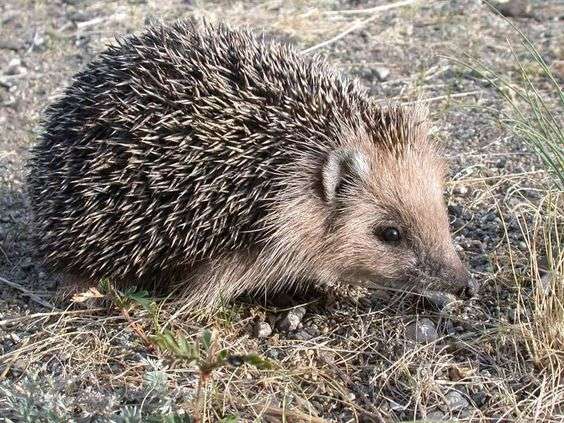
Description
Scientific Name: Erinaceus amurensis
Lifespan: 8 years
The Amur hedgehog, also known as the Manchurian hedgehog (Erinaceus amurensis), resembles the European hedgehog in both look and behavior, albeit having a lighter coat. This hedgehog resembles the European hedgehog in appearance, except it is significantly bigger and lighter in colour. Long, pointed spines cover the sides, back, and head. These have two distinct colors; some are pure white, while others have a white or yellowish-brown base and tip and a mid to dark brown middle region, giving the animal a uniformly light, brownish-grey hue. Thin strips of exposed skin separate the quills on the skull from one another. The keratin-coated quills are sturdy so they won’t break or fall out. When threatened, they utilize these spines as a defense strategy. The hedgehog forms a ball with its quills facing out and its face and head turned inward. Pale hair covers the face and underparts.
Habitat
Native to the Amur Oblast and Primorye in Russia, Manchuria in China, and the Korean Peninsula, the Amur hedgehog can be found there. Its range extends northward to the Amur Basin and the Korean Peninsula from around 29°N, which is just south of the Yangtze River. It inhabits a variety of environments, including as grasslands, forest edges, and regions with mixed broadleaf and coniferous forests.
Behavior
This species of hedgehog is nocturnal, like other hedgehogs, and only comes out at night to hunt for small arthropods, particularly fly larvae, as well as earthworms, centipedes, snails, mice, frogs, and occasionally fruit. Russian sources refute Chinese reports that the sable (Martes zibellina) preys on this hedgehog. One or two litters of four to six young occur in the summer, and then the hedgehog enters a state of torpor and hibernates until spring in about October.
The more at ease, they feel with you, the more docile and relaxed they tend to be. Hedgehogs can be rather noisy at times, and they may grunt, squeak, screech, or even growl to communicate with you. You should be aware that they are most active at night, will disturb you while you sleep, and prefer to take naps in shadowy areas throughout the day.
As Pet

Feeding
Since they eat largely insects, hedgehogs spend the most of their life-consuming beetles and other types of bugs. They weren’t widely regarded as omnivores until very recently. You may feed your hedgehog a variety of worms, insects, and even fruit in addition to the pet store food that gives them vital nourishment. Additionally, they should always have access to clean water in bowls. The majority of individuals prefer to use a bottle with a straw for drinking.
Habitat and Tank Requirements
One of the most crucial factors you should pay close attention to is the housing you select for your hedgehog because it has a significant impact on both their general physical and mental health. In the wild, hedgehogs are frequently highly active, and they appreciate having places where they may swim, climb, dig, or go in search of food. Although they are meant to have expansive territories, keeping them as pets sometimes makes that impossible.
Although they would be happier if given an enclosure that supplied at least 6 square feet, Amur hedgehogs need have a minimum 30-gallon tank or cage. Your pet will be happier if you can provide them a larger space.
Hedgehogs are nocturnal; therefore, it’s also crucial to keep in mind that placing their dwellings in an area that receives direct sunlight will disrupt their sleep schedule. Add some shredded paper on top of the soft bedding and line the bottom of the enclosure with towels or other lining materials. Provide them with an exercise wheel and a ton of toys and other things to do to keep them occupied.
Table





